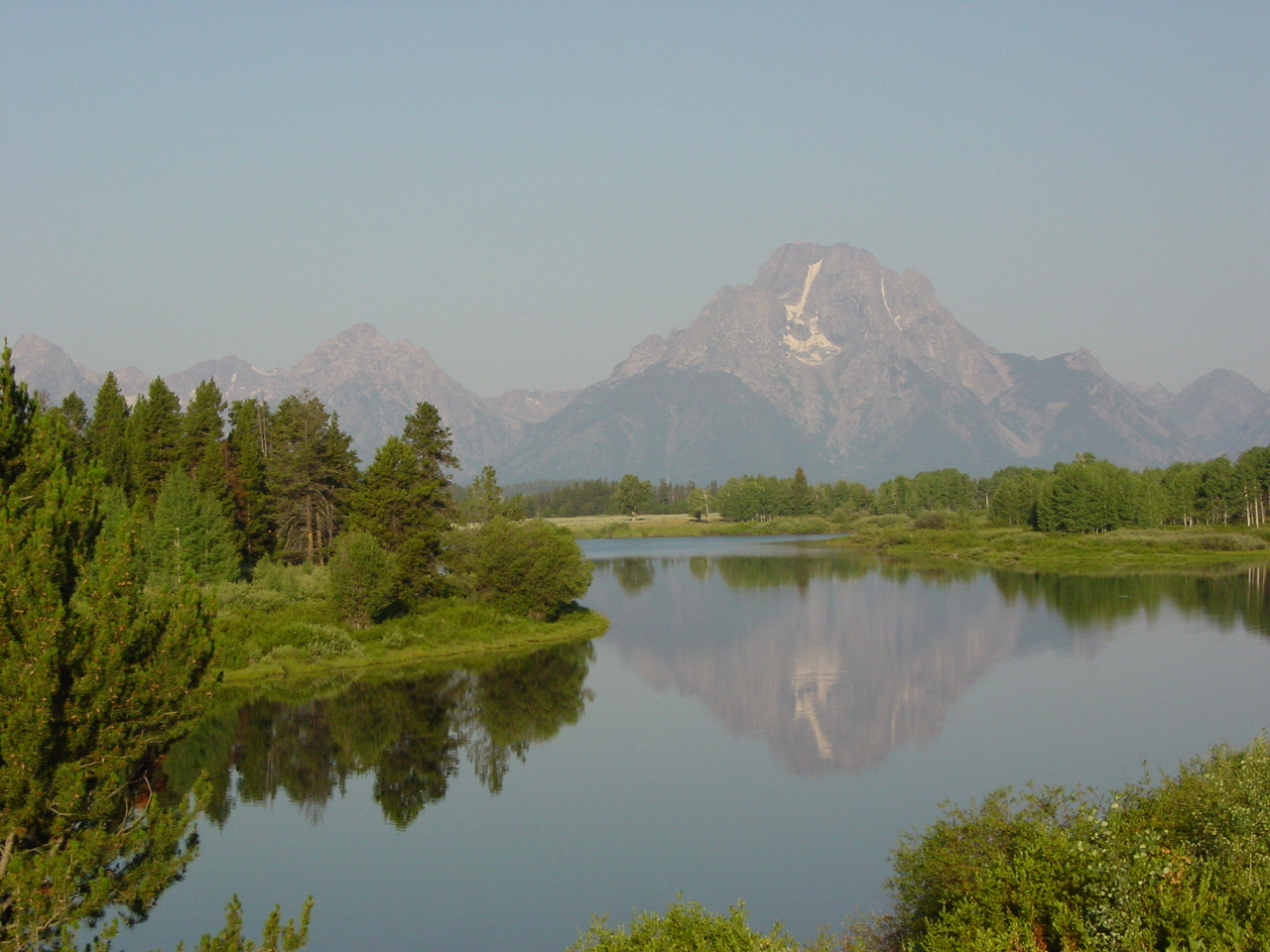By Phil Roberts
The Thanksgivings of the 19th century in Wyoming weren’t always celebrated with turkey and the trimmings. While Cheyenne printers were enjoying oysters, soldiers at Fort Laramie bemoaned the absence of turkey at the mess halls.
The first Thanksgiving in Wyoming was officially proclaimed by the Governor of Dakota Territory (of which present Wyoming was a part) in November 1868. While northeastern states had celebrated the holiday for decades, it was only four years earlier that President Abraham Lincoln proclaimed it a national holiday.
The editor of the Cheyenne Daily Leader greeted the proclamation with the following notice: “Printer’s Holiday—Tomorrow being one of the few holidays to which printers are legally and morally entitled in each year and in obedience to the President’s and Governor’s ‘time-honored’ proclamations, the printers of this office will take a holiday and, Providence and Publicans permitting, a square meal and an egg nog or Tom and Jerry with a few havanas.”
The editor reported in the next issue that he had enjoyed a thanksgiving feast at the Ford House (operated by African-American hotelier Barney Ford) of “fresh oysters and mountain trout” and, of course, plenty of egg nog and cigars.
In 1869, the governor of the new Wyoming territory, John A. Campbell, proclaimed November 18 as “a day of Thanksgiving and Praise.”
The proclamation said: “Although we are the pioneers of a future state, we are mercifully spared from the troubles and dangers which have beset the paths of former pioneers. The labor of the husbandman, the miner, and the herdsman have met with their due reward, not alone in what they have reaped, but also in rich promise for the future.” (The original proclamation is in the collections of the Cultural Resources Division, Wyoming State Parks and Cultural Resources Department).
Soldiers stationed at the far-flung outposts in the state were often nearer those dangers and farther from the feasts. Fort Laramie’s post surgeon in 1871 reported: “Thanksgiving Day. All labor suspended. Very cold and snowy and no turkeys at the post.”
Troops at Fort Washakie in 1873 were more fortunate. A report noted that “the companies each had an excellent dinner today, it being the annual Thanksgiving.” Apparently, Thanksgiving at Fort Washakie eight years later in 1881 was equally festive, although there is again no record of turkeys as the main course. A chronicler wrote the week before Thanksgiving that “Lt. Jordan and five enlisted men were on a hunting trip and killed ten elk, six black-tailed deer and one buffalo.”
The soldiers at Fort Fetterman in 1878 were treated to a variety of holiday treats. The commissary order for November 1 asked for “195 pounds of turkey, ten bushels of apples, four pounds of sage, eight pounds of almonds and pecans, 11 pounds of cherries” and, inexplicably, “140 codfish.”
Pre-statehood newspapers frequently reported on the festive activities of Thanksgiving. The Big Horn Sentinel in 1884 reported that “the Calico Hop” in Sheridan on Thanksgiving night featured an “expensive supper, fine music, and good prompting.” The same paper noted that the holiday was “observed with unusual quietness in Big Horn.”
More than just dinner was given at Lusk in 1886. The Lusk Herald reported: “The hall not being completed owing to the storm, Mrs. Dowd threw open her house to the Thanksgiving dancers, and also added a huge taffy pulling attachment.”
The Laramie Sentinel advertised “nice fresh cultivated Cranberries at the Eagle Bakery” in a November 1871 issue. Oysters (selling for $1 per half can), canned corn, and nuts were advertised. Not a single advertisement featured turkey. Maybe 1871 was a bad year for them all over the state.
